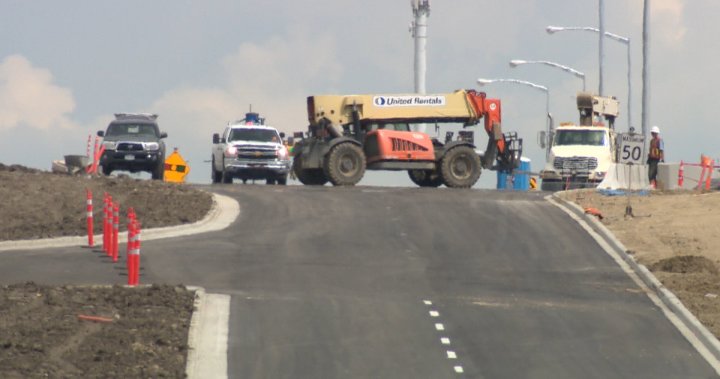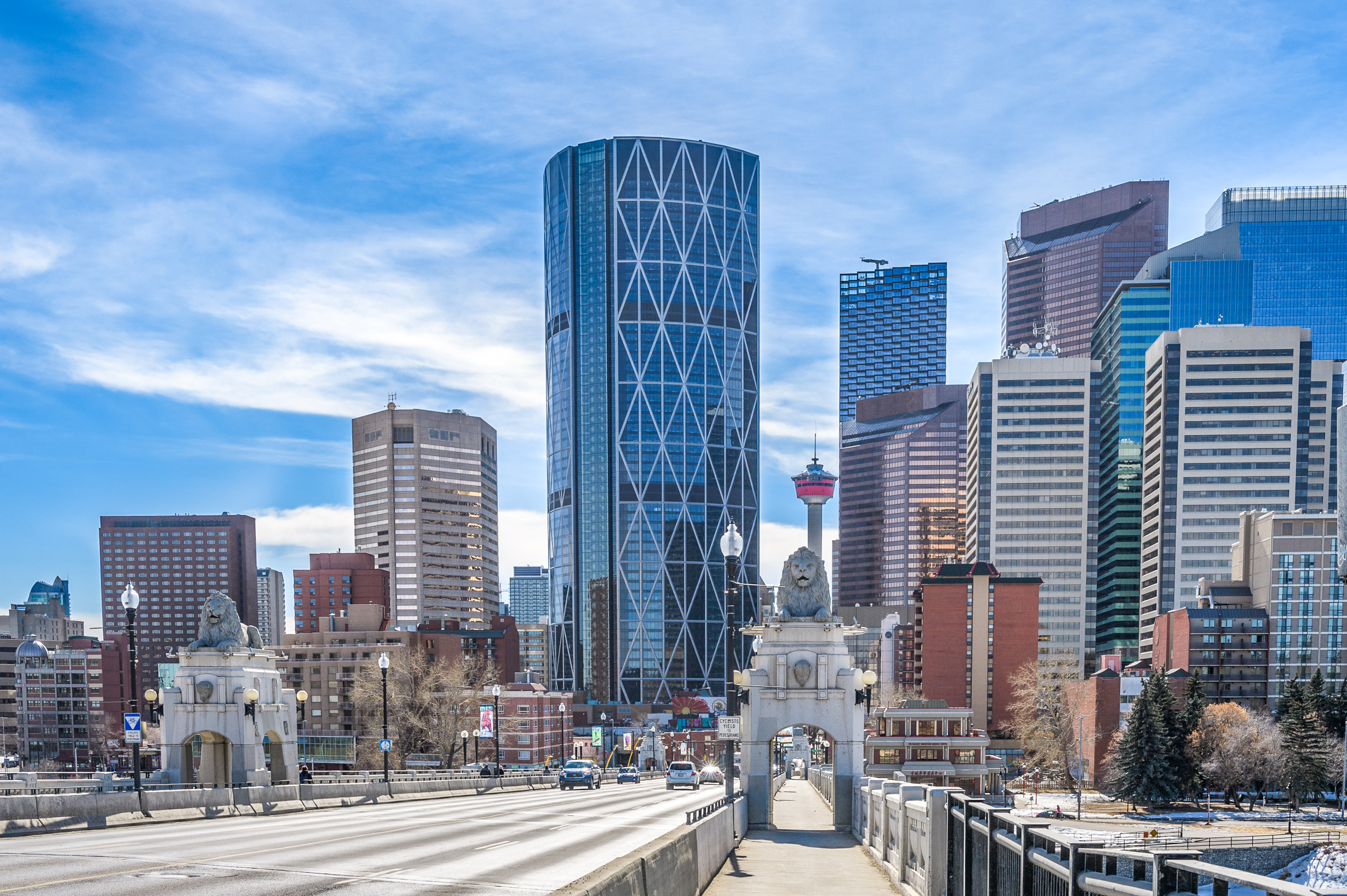I can see where induced demand could be a valid argument against simply adding more lanes to an existing highway, however in the case of Stoney trail and even the recent Crowchild bridge upgrades, those projects are making structural improvements to the overall flow of traffic, creating efficiencies where there weren't any or removing bottlenecks. In a city like Calgary where anyone who can afford to drive usually does I don't think these kinds of projects will result in more traffic in 10 years. Maybe you could make a case that adding lanes on deerfoot might, but I really think that these will improve traffic flows in west Calgary regardless of growth. That being said, we probably don't need any new freeways in this city for a long time, maybe ever.






